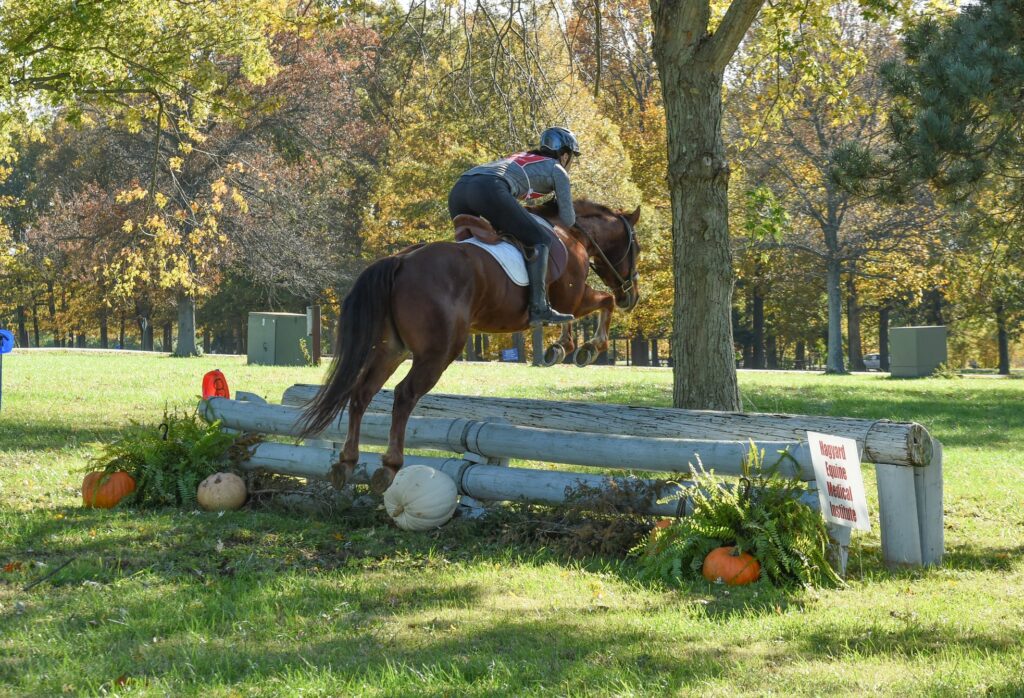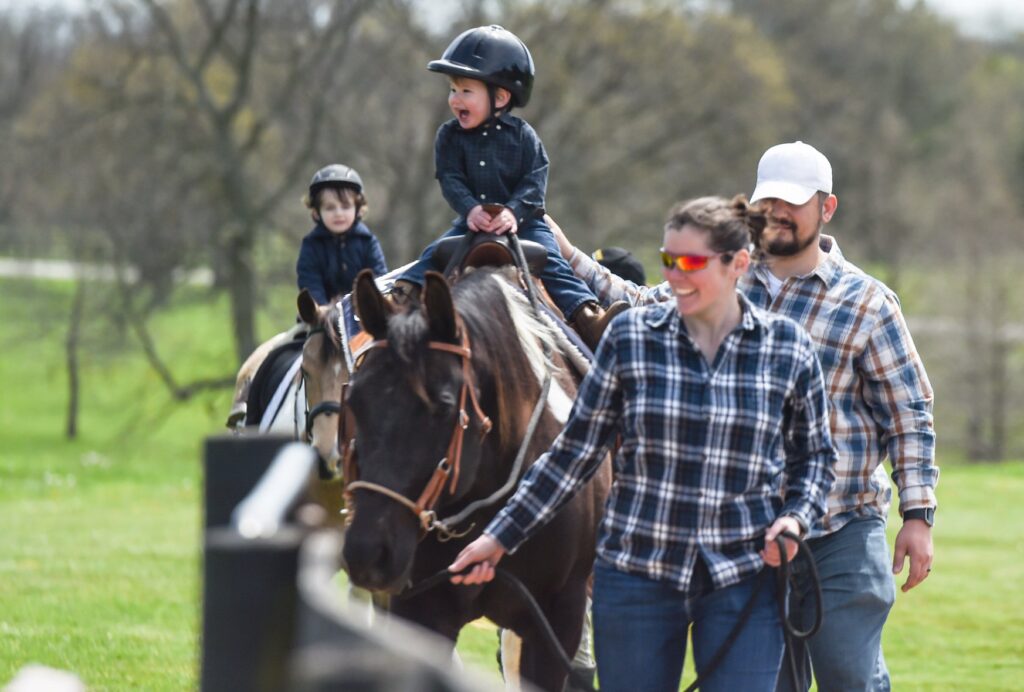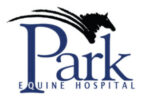 Gina G. Tranquillo, VMD, CESMT
Gina G. Tranquillo, VMD, CESMT
Fall is here. The leaves are changing colors. It is time to prepare your barn and your aging equine for winter. There are several major considerations when preparing your older horse for winter. The most important categories are: body condition, vaccination status, parasite control program, dental care, hoof care, nutrition, shelter, and addressing any ongoing health issues. Below is a checklist with additional points to consider when preparing.
Twelve Point Checklist
Body condition scoring
- Too fat? Too thin? Or just right? Involve your veterinarian in body scoring your horse. The ribs should be felt if applying mild pressure while running your hand over the rib cage. Having a little bit of insulation on your horse going into winter is good. Adipose tissue is an excellent insulator and provides energy in stressful situations, but, your horse should not be overweight.
Nutrition
- Your horse should receive 1‐2% of its body weight (BW) in hay (or forage) per day. Body heat generated by eating and digesting hay will keep your horse warm. For example, a 1,000 lb horse eating 2% of its BW per day and enrolled in moderate exercise, should consume approximately 20 lbs of hay per day.
- Stored hay should be free of mold, weeds, dust, and discoloration. Be sure to accurately weigh your hay and grain using a scale. Just estimating by your eye alone can lead to under or over feeding your horse.
- Remember to care for your pastures now in the fall. If they are over grazed in the fall, they may be subjected to winter damage and be slow to flourish in the spring.
- Provide a salt/mineral lick and be sure these are always available and not covered by snow or ice.
Vaccination program
- Winter can set older horses up for respiratory illness. Plan to have adequate ventilation and a well managed vaccine plan.
- If it’s been greater than 90 days since your horse’s last flu/rhino vaccine, you may consider a booster.
Parasite control program
- Older horses tend to harbor parasites, usually secondary to other diseases that weaken their immune system. It is recommended to deworm after the first frost and it is wise to involve your veterinarian in your deworming program.
- Due to the growing parasite resistance to deworming products we use, it is wise to follow a targeted deworming program whereby fecal egg counts in the spring help guide the deworming program of your horse throughout the year.
Dental care
- Geriatric (15 years or older) horses should be examined at least twice per year.
- Schedule a comprehensive dental examination with your veterinarian in early fall.
- Normal dentition will allow your horse to adequately chew and utilize the energy sources you are providing to stay warm and maintain their weight.
- A well‐managed mouth also prevents problems such as choke (esophageal obstruction) and colic.
Shelter repairs and preparation
- Shelters should provide a dry, clean, and well ventilated area .
- Manure management is very important in outdoor and indoor areas. Plan to have a good manure removal system and storage area that can be covered.
- Repair drafty areas, repair drain spouts that may collect ice/water and become hazardous, securely fasten all buckets so the clips are facing away from the horse’s head to prevent injury especially to the eyes, and remove foreign objects that could cause injury.
Health Watch
- Respiratory illness
- Skin conditions
- Monitor daily for any developing skin conditions.
- It is important to address skin issues, such as ringworm, early in the course of disease to prevent spreading to the herd.
- Colic (impaction colic)
- Painful signs to watch for include: pawing, rolling, looking at the flank, kicking at the belly, curling the upper lip, sweating, depression, lack of manure output, or lack of appetite.
- *Remember some older horses are very stoic and do not show severe signs of pain when the consequences are severe. Know your horse well and watch them closely.
- Arthritis
- Consult your veterinarian and get your therapy plan on track prior to winter so you can optimize your horse’s mobility throughout the cold season.
Hoof care
- You may consider pulling the shoes to prevent slipping on winter ice, or adding borium, and/or snow pads.
- Keep your horse on a schedule when it comes to hoof care. Waiting 1 week too long may lead to a poor outcome.
- Clean the foot daily to remove ice accumulation, “the snowball effect.
Water sources
- Be sure buckets do not freeze readily and water sources are plentiful.
- Consider offering a bucket of plain water and one with electrolytes. The water will take longer to freeze if powdered electrolytes are added. Keep water sources clean and check at least twice per day for freezing.
- If using heated water sources, be sure all connections are safe and no electrical hazards exist.
- Remember – adequate water intake prevents forms of colic such as impaction colic.
Riding and exercise
- Prepare with ample warm up and cool down periods. Cool the horse out completely.
- Have coolers clean and ready.
- If needed, body clip your horse to allow for heat dissipation.
- Use common sense when judging riding conditions.
- Warm the bit before bridling your horse.
- Arthritis pain or discomfort? This should be addressed prior to winter so that your horse can be as mobile as possible to stay warm.
- A variety of therapies exist depending on the severity of your horse’s arthritis from oral nutraceuticals (ie., Hagyard Flextra HA), to intra‐articular injections.
Grooming
- Great for warming muscles prior to a ride.
- Helps keep the coat clean and free of debris that may accumulate and cause skin disease such as rain rot.
- Groom horses at least three times per week. Inspect the skin for problems and consult your veterinarian.
Blanketing
- Consider using a blanket on horses with special needs such as – clipped horses, older horses, sick horses, thin horses, rescue cases, and horses without shelter.
- If you start the season using a blanket, you must continue. The horse adapts its temperature regulation to wearing a blanket.
- Do not blanket a wet horse.
- Most horses don’t need blankets if allowed to create an adequate haircoat. They can tolerate 20‐30°F as long as they are dry and have shelter from the wind.
In conclusion, there are many considerations for optimizing your older horse for the cold winter months ahead. Due to the advancements in medical care and knowledge of disease, it is no surprise that many horses thrive into their geriatric years. However, the reality is that due to progressively debilitating medical issues in aged horses, not all of them should be expected to manage yet another year of winter conditions. Take into consideration your horse’s current health status and the severity of the winter conditions in your area. Be sure to consult your veterinarian with questions and schedule a physical examination and consultation to determine if your horse may or may not be a candidate for the winter months ahead. Work closely with your veterinarian throughout the winter to optimize your horse’s body condition, nutritional requirements and care, to be sure you can enjoy your older equine partner in the springtime ahead!
Compliments of MET Corporate Sponsor Hagyard Equine Medical Institute
The talent of Hagyard’s veterinarians and dedication of its staff provide to client and patients alike a level of care unequaled anywhere in the equine industry.
Hagyard Equine Medical Institute
4250 Iron Works Pike
Lexington, Kentucky 40511-8412

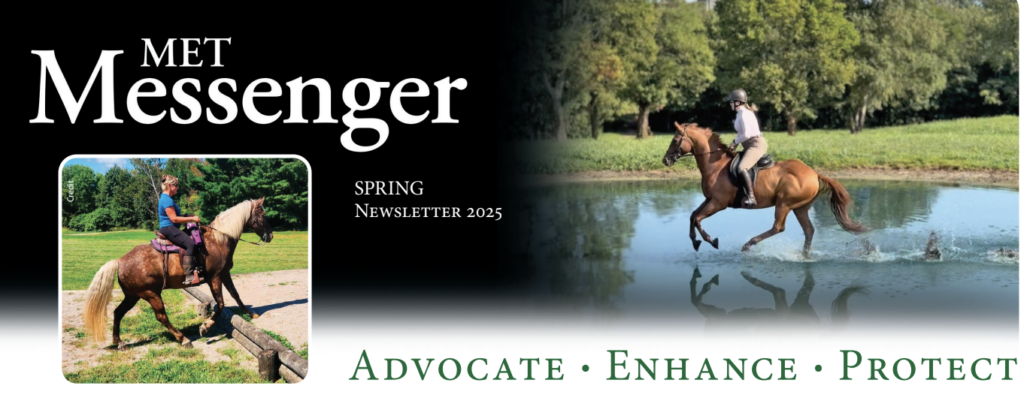



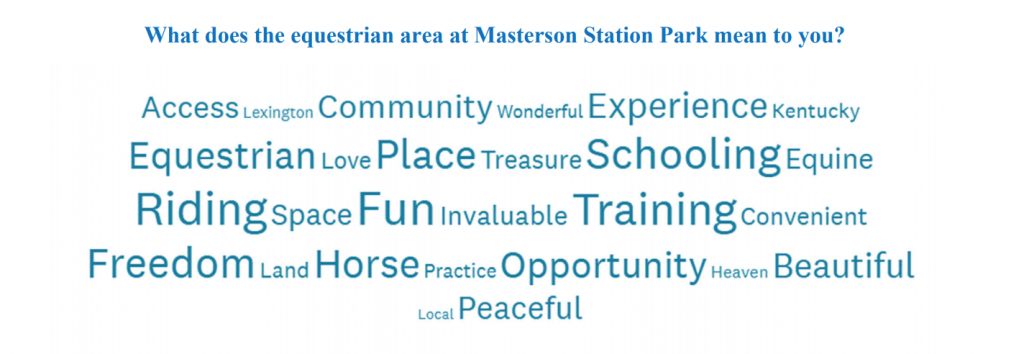

 10/10"
10/10"
